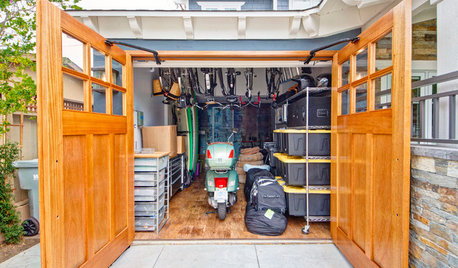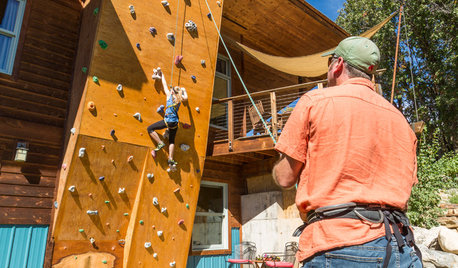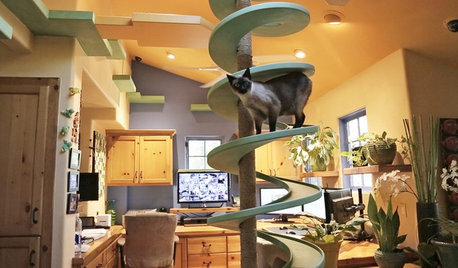12HP Briggs & Stratton carb mounting bolts won't stay put
kssue
11 years ago
Related Stories

BATHROOM DESIGNBath Remodeling: So, Where to Put the Toilet?
There's a lot to consider: paneling, baseboards, shower door. Before you install the toilet, get situated with these tips
Full Story
GARAGESHouzz Call: How Do You Put Your Garage to Work for Your Home?
Cars, storage, crafts, relaxing ... all of the above? Upload a photo of your garage and tell us how it performs as a workhorse
Full Story
MOST POPULAR5 Remodels That Make Good Resale Value Sense — and 5 That Don’t
Find out which projects offer the best return on your investment dollars
Full Story
GARDENING GUIDESTop 12 Summer-Blooming Perennials for Deer-Resistant Drama
Can you have garden color, fragrance and exciting foliage with hungry deer afoot? These beauties say yes
Full Story
GREAT HOME PROJECTSHow to Switch to a Tankless Water Heater
New project for a new year: Swap your conventional heater for an energy-saving model — and don’t be fooled by misinformation
Full Story
GREAT HOME PROJECTSGet a Grip on Climbing Walls
This fantasy home feature can be surprisingly within reach. Here's what it takes to get some climbing heaven at home
Full Story
INSIDE HOUZZUsing Houzz: Create a Home To-Do List
See how to use an ideabook to keep track of your home projects this year
Full Story
PETSWe Want to See the Most Creative Pet Spaces in the World
Houzz is seeking pet-friendly designs from around the globe. Get out your camera and post your photos now!
Full Story
ORGANIZINGDo It for the Kids! A Few Routines Help a Home Run More Smoothly
Not a Naturally Organized person? These tips can help you tackle the onslaught of papers, meals, laundry — and even help you find your keys
Full Story
MOST POPULARHow to Get the Closet of Your Dreams
Do you cringe every time you open your closet door? It may be time for a makeover
Full Story





mownie
kssueOriginal Author
Related Professionals
Bethlehem Landscape Contractors · Biloxi Landscape Contractors · Chelmsford Landscape Contractors · Cudahy Landscape Contractors · Fort Wayne Landscape Contractors · Harrisburg Landscape Contractors · Live Oak Landscape Contractors · Pomona Landscape Contractors · San Bruno Landscape Contractors · South Hackensack Landscape Contractors · Wanaque Landscape Contractors · Cutler Ridge Window Contractors · Edwardsville Window Contractors · Fond du Lac Window Contractors · Manville Window Contractorsmownie
walt2002
rcmoser
walt2002
kssueOriginal Author
walt2002
kssueOriginal Author
rcmoser
kssueOriginal Author
kssueOriginal Author
tomplum
kssueOriginal Author
tomplum
kssueOriginal Author
kssueOriginal Author
tomplum
kssueOriginal Author
tomplum
kssueOriginal Author